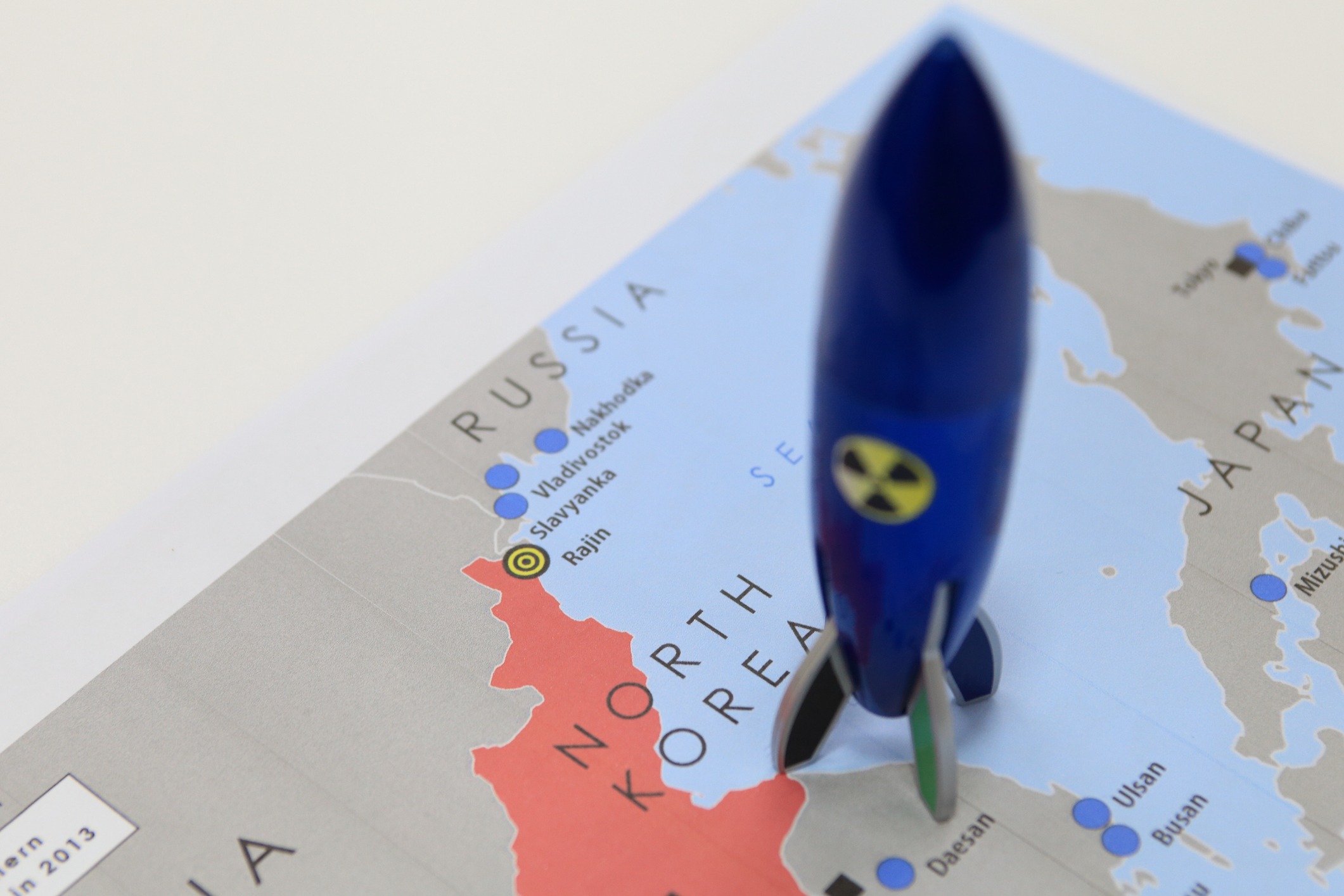False Premise About N. Korean Nuclear Capabilities Could Have Disastrous Consequences
HANKYOREH
APLN Vice Chair Moon Chung-in warns that false premise about N. Korean nuclear capabilities could have disastrous consequences. The original post is available on the Hankyoreh website here.
In other words, the Biden administration means to prioritize diplomatic negotiations over its other two options, the first being alliances and deterrence and the second being sanctions and pressure. That’s welcome news for the South Korean government, but it also faces considerable opposition.
One good example of that opposition is a report titled “Countering the Risks of North Korean Nuclear Weapons,” which was jointly published by the RAND Corporation and the Asan Institute of Policy Studies.
The report assumes that North Korea’s denuclearization can’t be realistically achieved through diplomacy, an assumption based on North Korea’s motivation for holding a nuclear arsenal. The authors of the report argue that the goal of the North’s nuclear program is changing the status quo by achieving regime security, unifying the Korean Peninsula under its control, and becoming a regional power. That would make a diplomatic solution meaningless.
The RAND Corporation and Asan Institute’s report further assumes that North Korea currently has 67-116 nuclear weapons in its arsenal and will have 151-242 by 2027, along with dozens of intercontinental ballistic missiles (ICBMs) and submarine-launched ballistic missiles (SLBM).
The North Korean nuclear strategy identified in this report is based on an operational plan for a seven-day war. Under that plan, the report says, the North would launch a preemptive strike on South Korea with tactical nuclear weapons and insert special forces at the rear in an attempt to seize all of South Korean territory within seven days.
The authors conclude that South Korea and the US’s conventional armaments aren’t adequate to deter this. The authors propose that to prepare for the contingency of nuclear war, South Korea and the US should activate a nuclear planning group and deploy 8-10 B61-12 “bunker buster” tactical atomic bombs and four fighters capable of delivering them. In short, nukes should be answered by nukes.
Unfortunately, the pages of this report conceal several problems. While analyzing the North’s motivations for possessing a nuclear arsenal, the report quotes the 44 directives that former North Korean leader Kim Jong-il supposedly gave his son and successor Kim Jong-un before his death. But those directives have been regarded as a forgery since their release in 2013, and some newspapers later retracted their coverage.
But the report pays no attention to Kim Jong-un’s remarks or the analysis of the South Korean government, even though those are much more credible. There’s no mention of Kim’s statement in September 2018 that “we have pledged to build a land of peace without nuclear weapons or a nuclear threat” or of the commitment to denuclearization that he expressed in various statements in Panmunjom, Singapore, and Pyongyang.
North Korea has repeatedly taken the stance that it’s willing to denuclearize under the right conditions. That means there’s room for diplomacy.
The report’s claim that the North’s nuclear program is designed to change the status quo on the Korean Peninsula seems dubious as well.
North Korea has been simultaneously pursuing the capabilities of minimum deterrence against the US mainland – through ICBMs and SLBMs – and tactical deterrence of American reinforcements – through tactical nuclear weapons. That hardly seems to constitute a strategy for compelling a change of the status quo.
Furthermore, North Korea’s nuclear program also seems to be informed by the considerations of domestic politics. That is, Kim Jong-un has sought to bolster his legitimacy at home by satisfying the army’s institutional needs and compensating for its weaknesses vis-à-vis the US and South Korea’s conventional forces while simultaneously giving North Korea the geopolitical reputation of being a nuclear power.
Kim may also have sought to use nuclear armament as leverage in negotiations with the US. It’s hardly desirable to present propagandistic slogans as being North’s real motivation for nuclear armament.
The report’s assessment of North Korea’s current and future nuclear capacities is also problematic. Siegfried Hecker, an academic who has visited North Korea’s Yongbyon nuclear facility four times and was the first outsider to see its uranium enrichment facilities, said in a recent interview that the report’s estimates were highly exaggerated.
The most realistic estimate is that North Korea currently has 45 nuclear weapons, and it’s expected to have around 70 by 2027. The report’s overestimate of North Korea’s nuclear arsenal could provoke military adventurism and a miscalculation by North Korea. It could also make it harder to negotiate with the North.
Could the outdated idea of a seven-day war be feasible? While North Korea is seeking to conquer South Korea by launching a preemptive nuclear strike, waging total war, and deploying special forces to the rear, the joint forces of South Korea and the US wouldn’t be helplessly standing by.
The report overlooks experts’ warnings that deploying B61-12 tactical nuclear bombs to the Korean Peninsula might motivate the North to launch a preemptive strike rather than deterring the use of nuclear weapons. The authors also fail to recognize that questioning the credibility of the current South Korea-US alliance or the strategy of extended deterrence, which is based on the US’s overwhelming nuclear power, could seriously weaken strategic stability on the Korean Peninsula.
One strength of the report is that it reminds us to stay vigilant about North Korea’s nuclear threat. But I’m left with the impression that the authors misrepresented the North’s motivations for nuclear armament and exaggerated the North’s nuclear arsenal in an attempt to justify redeploying tactical nuclear weapons to the Korean Peninsula.
We need to bear in mind that dangerous ideas grounded in false premises can endanger our security, rather than safeguarding it.
Image: iStock.


